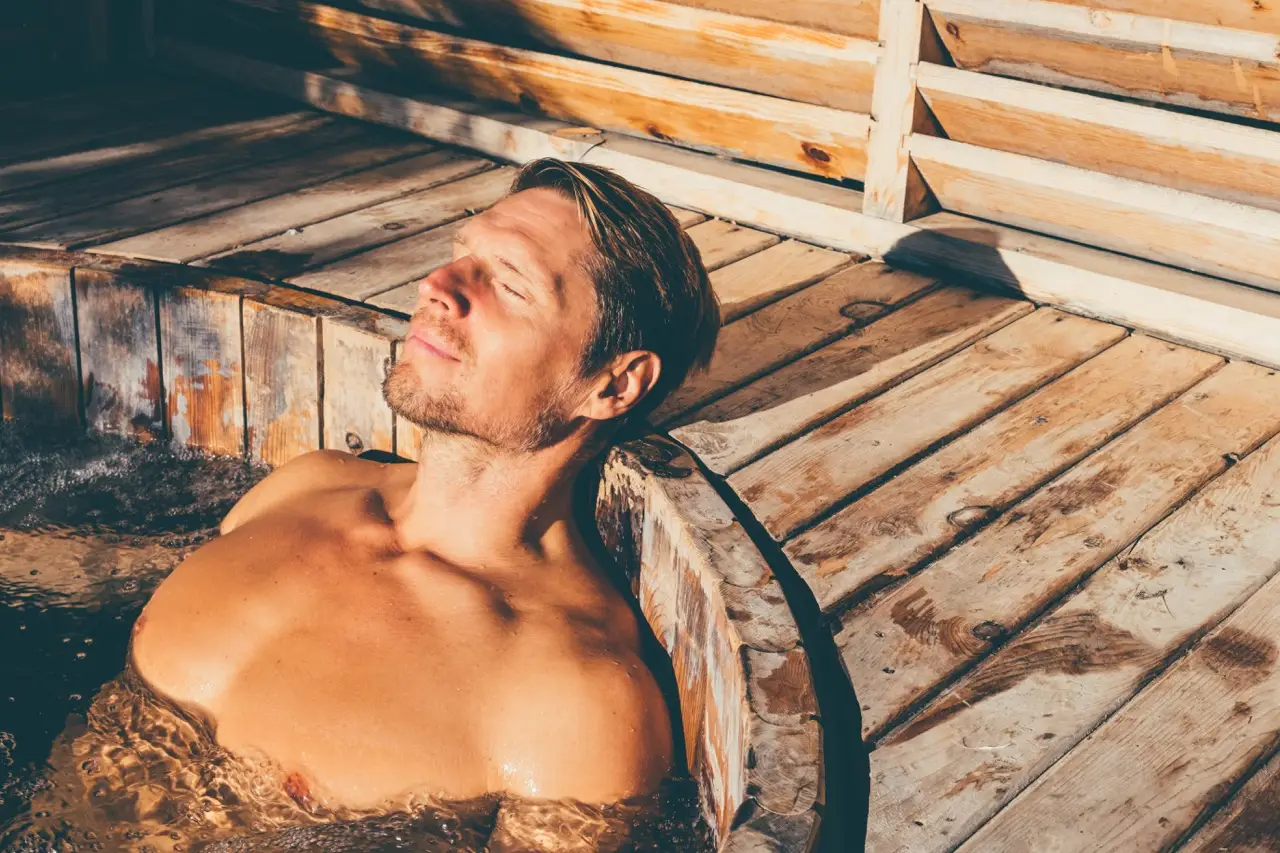After a strenuous workout, your muscles experience microscopic tears that require time and proper care to heal and rebuild. Sauna therapy, an ancient practice that has gained popularity in recent years, offers a unique and effective way to accelerate muscle recovery and enhance overall well-being.
The elevated temperature of a sauna, typically between 150°F and 195°F, induces a cascade of physiological effects that promote muscle recovery:

The heat from the sauna dilates blood vessels, allowing for increased blood flow throughout the body. This enhanced circulation delivers essential nutrients and oxygen to overworked muscles, aiding in the removal of metabolic waste products and accelerating the repair process.
Sauna exposure stimulates the release of endorphins, the body’s natural painkillers and mood enhancers. These endorphins help to reduce muscle soreness and promote a sense of relaxation, reducing overall discomfort and enhancing recovery.
The heat and sweating associated with sauna use can loosen tight muscles and improve flexibility. This increased flexibility can help to prevent injuries and enhance performance during subsequent workouts.
Sauna therapy has been shown to reduce inflammation in the body, which is a natural response to exercise but can also hinder muscle recovery. By reducing inflammation, sauna use can promote faster healing and reduce the risk of delayed-onset muscle soreness (DOMS).
Have your child write a book based (no matter how loosely) on their summer. This activity can also be adapted to each child’s personality in regard to writing on paper vs. typing on the computer or using the Book Creator app. Encourage daily or weekly entries and remember to include drawings, as they are another fantastic form of expression.

To maximize the benefits of sauna therapy for muscle recovery, follow these guidelines:
1. Timing: Sauna use is most beneficial when done immediately after a workout while your muscles are still warm. This allows for optimal blood flow and nutrient delivery to the working muscles.
2. Duration: Start with shorter sauna sessions of 10-15 minutes and gradually increase the duration as you adapt. Excessive exposure to heat can lead to dehydration and muscle cramps.
3. Cool-Down: After your sauna session, take a cool shower or immerse yourself in cool water to help your body regulate its temperature. This contrast therapy can further enhance circulation and promote recovery.
4. Hydration: Stay well-hydrated throughout your workout and sauna session to replenish fluids lost through sweating. Water and electrolyte-rich beverages are essential for optimal muscle recovery.
Sauna therapy can be a valuable addition to your post-workout routine, providing a natural and effective way to accelerate muscle recovery, reduce pain, and enhance overall well-being. Embrace the soothing warmth of the sauna and let it work its magic on your tired muscles, helping you bounce back stronger and healthier from every workout.
What’s one thing you want to bring back from your trip?
Would you come back here again? Why or why not?
Encouraging your child to do any of these activities will just help them use the skills they have learned in school without sounding like you are asking them to do schoolwork this summer.
Offer a variety of methods for these or other journaling activities. Some kids may like journaling on an iPad while others prefer pen and paper. Speech-to-text may be fun to use in some instances. Video, photography, and drawing can either enhance or take the place of written expression. It’s good to mix it up to keep children enthused and entertained.
Come the end of summer, your child will have kept those thinking muscles strong and slip right into the school year.